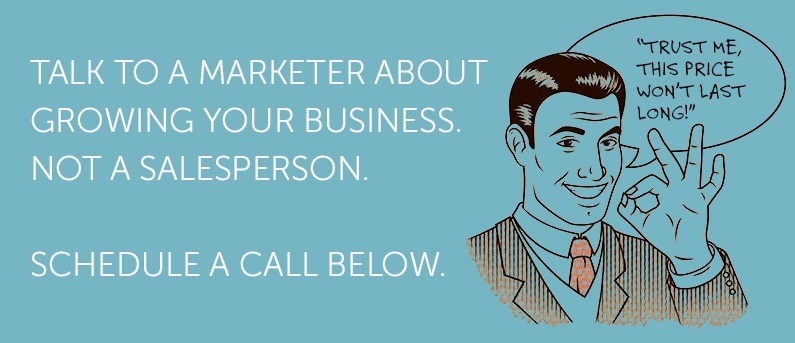Traditional marketing is not dead. All of the old offline marketing channels are still there and still being utilized. The death of channels such as print and radio has been proclaimed multiple times over the decades, with the advent of each new media, and each death has been greatly exaggerated. 
Though they might not ever go away completely, traditional forms of marketing have declined in viewership and importance. The Internet, along with all of the different devices we now access it on, has become the primary medium of the age. And its always-available, on-demand information has changed the way customers shop.
The Move to Digital
Consider television as an example. DVRs have become standard with many of the most popular TV providers, with one of the primary selling points being that they allow viewers to avoid commercials. At the same time, 40 percent of people now use a smartphone or tablet while watching TV. If they do see an ad and are interested in the product or service, they will learn more about it immediately by searching online.
In the digital realm, the process becomes interactive. People can request and receive information. They can be converted into leads, and then nurtured through the sales cycle. And they can research their options, which means that television ad could turn into a sale for the advertiser's competitor.
Traditional marketing can still often be used to build awareness, but has limited usefulness for the rest of the sales cycle. The real work gets done either through digital marketing or interpersonal communication--and for many people, those two are now one and the same.
Making the Transition
Typically, the solution is not to get rid of traditional marketing and move everything online. It is about making your online and offline marketing plans work together and maximizing your overall marketing ROI.
That does mean that you need an effective online presence, to capture people when they do go searching for what you offer. You can reallocate some of those old offline marketing dollars into a content creation budget or use them to upgrade your website.
Knowing that people today consume information from more sources than ever before, you should also work to create a consistent message and brand image across all of your marketing channels. Create digital on-ramps for people who become aware of your company through traditional marketing. This could include directing them to effective landing pages that follow up on the message they saw. By tracking the traffic and leads you get through those pages, you can bring one of the benefits of digital marketing--measurable results and success--to your offline marketing campaigns. This, in turn, will help you better allocate resources and see the true ROI of each channel.
The world has gone digital, but the landscape is still evolving. By working now to make a smooth transition, you can be better positioned to handle whatever the future may hold.
* Image courtesy of freedigitalphotos.net


